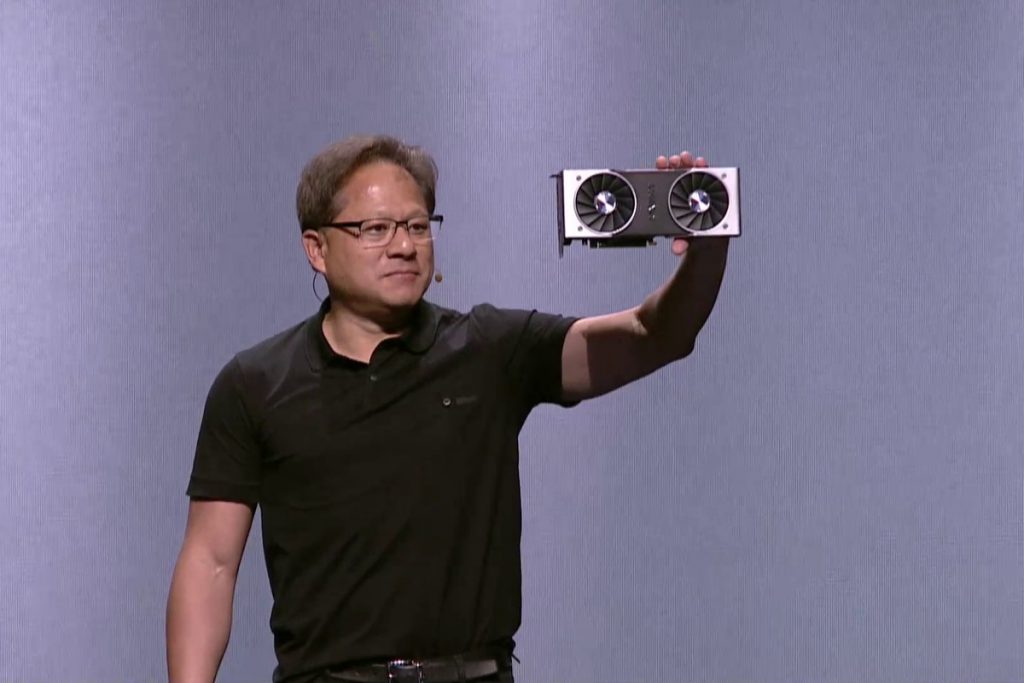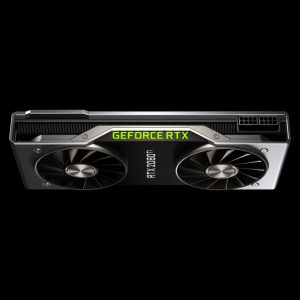NVIDIA has officially launched their next generation graphics card – NVIDIA GeForce RTX which possesses real-time ray tracing applications in gaming as well as in artificial intelligence based on the company’s new Turing architecture. Turing is NVIDIA’s new eighth-generation architecture and the successor of Pascal. The new architecture from NVIDIA is equipped with new RT Cores in place of the previous CUDA for ray tracing applications and also has new Tensor Cores for artificial intelligence.
NVIDIA firstly introduced the Turing architecture in the workstation grade Quadro RTX 8000, 6000 and 5000 GPU. Now the company is bringing it to the consumer grade graphics cards. According to the company, Turing architecture is 6x faster when it comes to ray tracing applications in comparison to Pascal.
Now let’s see what ray tracing actually is and how it works!
As the light rays strike on a camera after hitting objects, the camera renders the scene using that light. Such reflected light rays carry information of the objects they hit and camera recognizes the objects based on the coded values of such information. Simpler, the light rays are sent backward from the camera to the source of light in order to reduce computational load. Thus, the objects look more realistic with this technique, not exactly photorealistic but a compelling enhancement over the rendering techniques currently in use.
Ray tracing is computationally profound than the standard rendering techniques when it comes to calculating the light rays for every pixel on camera and thus only used in 3D animation but not in 3D games. Now, NVIDIA’s new graphics card with ray tracing applications seems feasible in 3D gaming on a simpler scale.
NVIDIA launched RTX 2070, 2080, and 2080 Ti. All these graphics cards include RT Cores and Tensor Cores, the new NGX neural graphics framework for AI, GDDR6 memory with 600 GB/s bandwidth, new NVIDIA NVLink with a higher 100 GB/s bandwidth for SLI, hardware support for USB-C and Virtual Link as well as other technologies including Variable Rate Shading, Multi-View Rendering and VRWorks Audio.
NVIDIA has already launched the Founders Edition versions of these three cards which feature a factory overclock, dual 13-blade axial fans, full-card vapor chamber, diecast aluminum cover, and DisplayPort 1.4a with 8K HDR at 60 Hz support over a single connector.
The NVIDIA GeForce RTX 2070, 2080, 2080 Ti will be available at the starting price of $499, $699, and $999 receptively. Similarly, their founder’s editions are priced at $599, $799, and $1199 respectively. The RTX 2080 and 2080 Ti will be available from September 20, 2018, while 2070 will be available from the month of October only via NVIDIA and its usual partner OEMs.
Also, NVIDIA is working with EA, Square Enix, Epic Games, on games with ray tracing. Some upcoming games with ray tracing include Battlefield V, Metro Exodus, Assetto Corsa Competizione, Shadow of the Tomb Raider,Control, etc. These games will use the new DirectX Raytracing (DXR) API by Microsoft.
Similarly, the NVIDIA GeForce RTX will support Deep Learning Super-Sampling (DLSS) and can be witnessed in games – Shadow of the Tomb Raider, PlayerUnknown’s Battlegrounds, Final Fantasy XV, Ark: Survival Evolved, Hitman 2, Serious Sam 4 etc.












